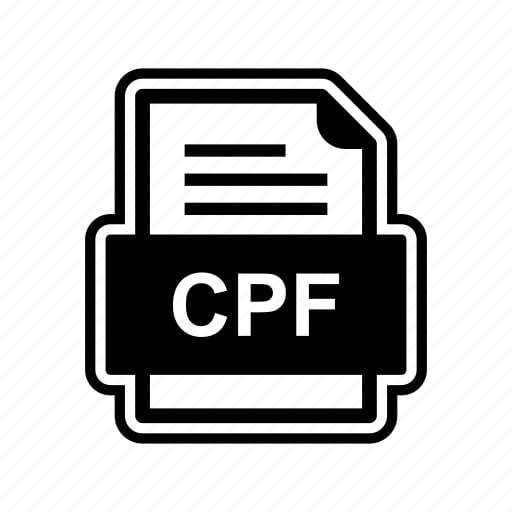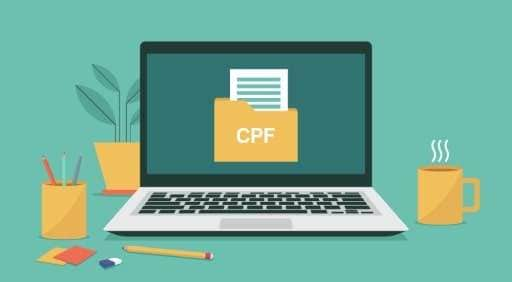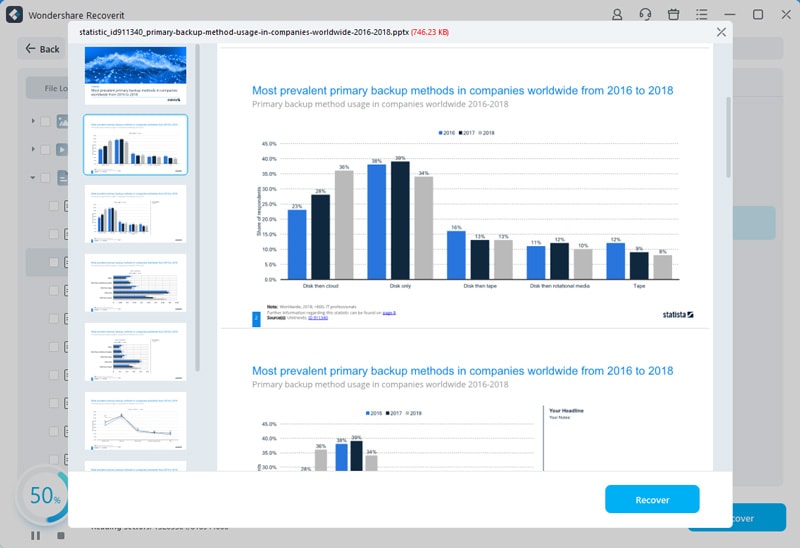You're probably reading this post because you've recently encountered a CPF file. Discovering an unfamiliar file extension can cause various issues. You need to know what a CPF file is, how it can be used, which tools can be used for opening it, and how to recover lost CPF files.
But don't worry, you've come to the right place. We'll answer these questions about CPF files and more in this post. Most importantly, you need to clearly distinguish between different CPF files because multiple types of files use the same extension but have different functions.
In this article
What Is a CPF File (Cognos Framework Manager)?
The main use of CPF files is for the Cognos Framework Manager, which comes together with the Cognos Business Intelligence software. All Cognos Project Files are saved as CPF, and all business intelligence data is stored in its metadata.
The project files store important data model information used for business intelligence analysis. The metadata within CPF files helps create wider databases using isolated data points.

Here are technical specs of CPF Files:
| CPF File | Tech Specs |
| File integration | All CPF files can be integrated with various IBM Cognos applications and software. For example, you can use the same file in IBM Cognos Transformer and Cognos Framework Manager. |
| Metadata storage | CPF files store relevant metadata about different aspects of Cognos projects, including dashboard elements, reports, queries, data sources, etc. |
| Sharing and deployment | CPF files deploy and package Cognos projects. That makes it easier to share projects with different users and different environments. |
| Configuration settings | CPF file store configuration settings for all Cognos projects include scheduling information, security settings, user-specific presentations, etc. |
| Customization and interactivity | CPF project files also store customization options and interactivity information for dashboards and reports. |
Other CPF File Formats and Their Uses
There are other common types of CPF files and their applications:
Canon EOS Custom Picture Profile
The Canon EOS Custom Picture Profiles is a configuration file unique to Canon EOS cameras. This file customizes image settings on the camera with parameters like color tone, sharpness, saturation, contrast, etc. When creating custom picture profiles, videographers and photographers can create a specific style for their videos or photos. The file can be loaded into the camera to apply the desired settings.

Cache Parameter File
The Cache Parameter File is used to store configuration values for the cache. When starting Cache, all of the values are read from the file. Cache Parameter File describes the purpose and syntax of each line in the file, how to select the right cache parameters, default settings for cache, etc.
Tools You Can Use to Open CPF Files
Cognos project files are designed by IBM specifically for using the Cognos software suite. In other words, this means that all of the tools from this suite can be used to open CPF files. The IBM Cognos software suite offers various analytics, reporting, and business intelligence tools.
However, other third-party tools can open CPF files. Here are the tools you can use to open CPF files:
IBM Cognos Transformer
The main use of this tool is to create and manage data models used in Cognos projects. It can open CPF files so that users can work with the metadata related to its models.
IBM Cognos Framework Management
This tool is used to manage and model the metadata layer of Cognos projects. Naturally, it can open CPF files so users can work with the metadata definitions within the projects.
IBM Cognos Report Studio
The Cognos Report Studio is an advanced report authoring solution for Cognos Analytics. You can use Cognos Report Studio to create advanced and complex reports. It can also be used to open CPF files and develop reports.
IBM Cognos Analytics
This is the main solution from the IBM Cognos software suite. It's a web-based solution for managing and creating analytics, dashboards, and reports. It can be used to open and edit CPF files.
FileProInfo CPF Viewer
FileProInfo CPF Viewer is a free online CPF viewer that doesn't require any installation or registration. If you don't have to open CPF files constantly, you can use this online tool to upload and view the contents of a CPF file quickly.
Steps to Open CPF Files
You can always use one of the tools in the IBM Cognos ecosystem to open CPF files. However, these tools require you to register and become a licensed user. If you don't have the time or the money to set everything up, we recommend using the FileProInfo CPF Viewer to open CPF files.
This web-based tool doesn't require any installation, setting up, or registration. On top of that, it's completely free to use. Here are the steps to follow:
- Start your preferred web browser and go to the FilProInfo Free Online CPF Viewer page.
- Check "I'm not a robot" and then click Select CPF file.

- Select your CPF file and click Open.

How to Recover Lost CPF Files
You must manage your projects correctly if you use CPF files regularly as part of your daily work routine. That helps you ensure security efficiency and meet deadlines. However, during your busy workdays, your CPF files can get lost because of software issues, hardware issues, power outages, system failure, accidental deletion, etc.
You can't afford to create projects from scratch. To get your files back, you should use a professional data recovery tool like Wondershare Recoverit. Recoverit can easily restore your CPF files regardless of the file loss scenario.
Here's how:
- Download and install Recoverit. Launch the software and click Hard Drive and Locations, then select the drive where your CPF files were stored.

- Recoverit will automatically scan your drive for any lost files, including CPF files. Select the CPF files and click Preview.

- After previewing, click Recover.

- Select where you want to save the file, name it, and click Save.

Conclusion
We hope this post has helped you learn everything you need to know about CPF files. CPF files are quite rare and aren't used by many people. If you don't use them regularly, it's probably best to find a third-party tool you can use to open and preview CPF files.
Moreover, if you create and edit Cognos projects regularly, use data recovery software and consider creating backups to keep your valuable projects safe.



 ChatGPT
ChatGPT
 Perplexity
Perplexity
 Google AI Mode
Google AI Mode
 Grok
Grok























